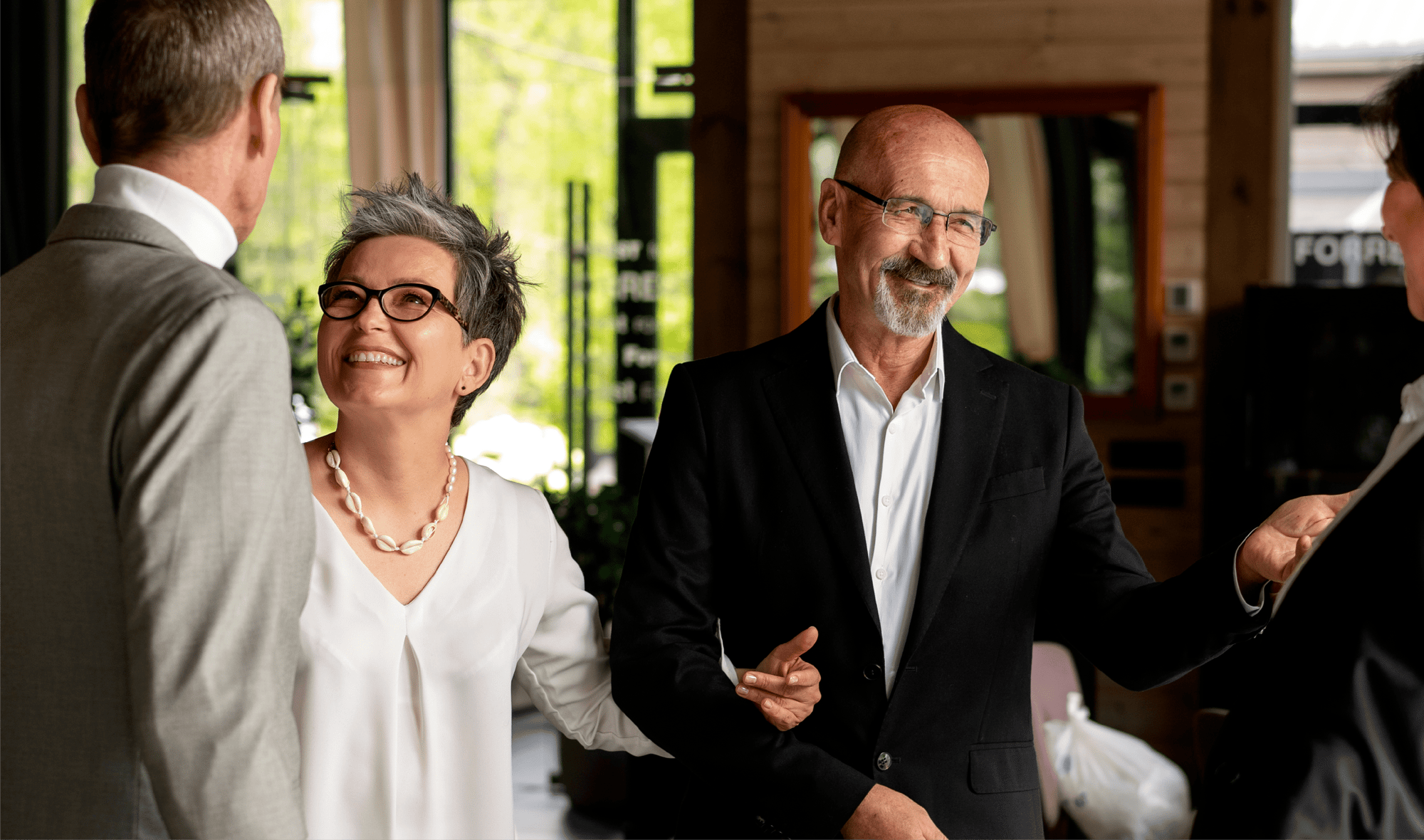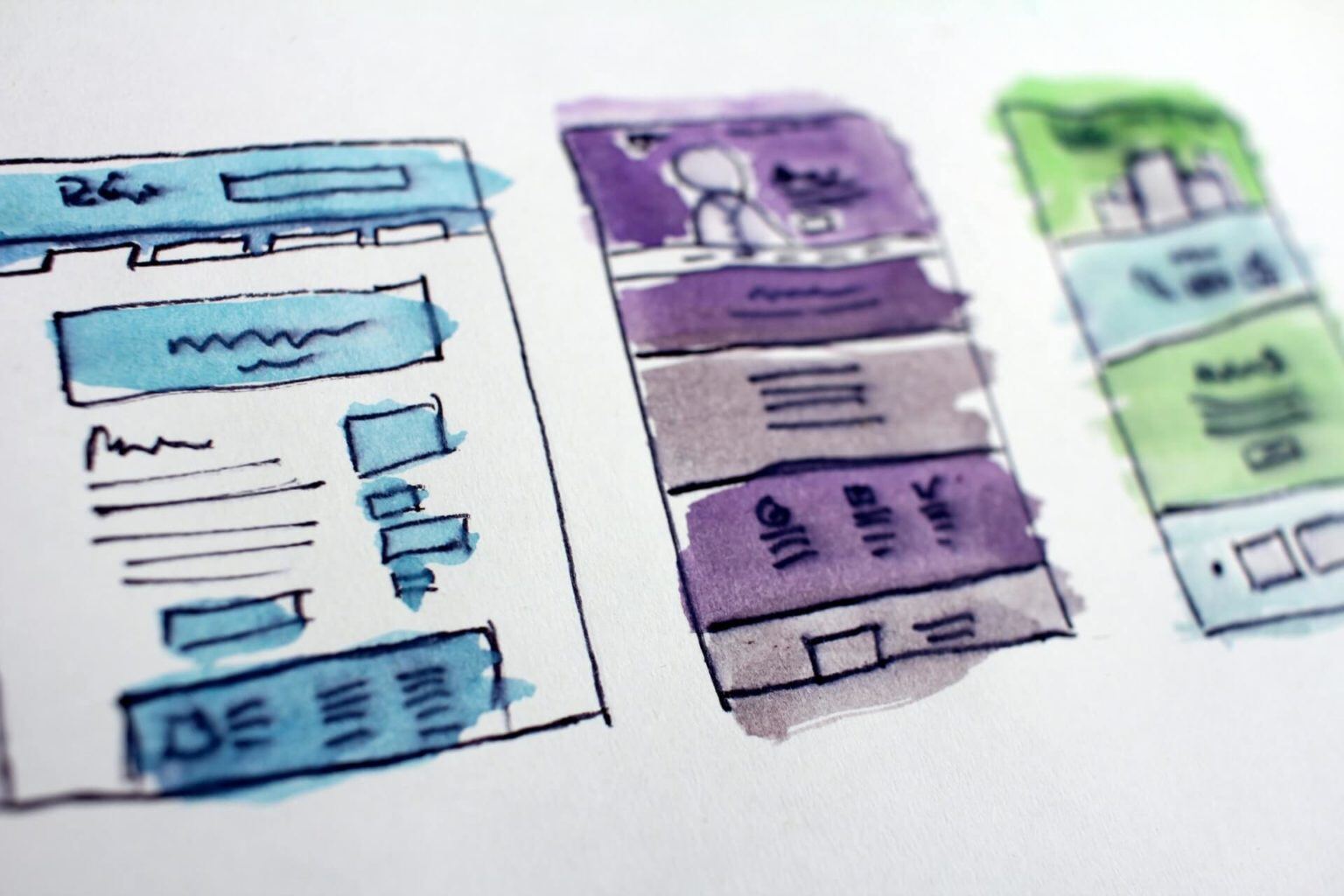October 2025: Monthly Fintech Market Insights Provided by Founder of Firebrand Research, Virginie O’Shea
The October 2025 spooky special, featuring the haunted spectre of two years until T+1 in Europe,...


Janet Du Chenne, editorial director of flow, Deutsche Bank Corporate Bank’s thought leadership magazine for clients, discusses how the Corona virus lock-down has forced a rethink on digital and content marketing strategies.
“Our content strategy has been completely changed by Covid-19, in every single way. It’s now all about your ability to react to change and challenges. It has made us more tactical and more flexible.”
How has content marketing adapted to changing circumstances, and what is the approach taken towards content and social media marketing? Can you share examples of successful types of content that has worked well for you?
JDC: An annual survey by the World Media Group in November last year interviewed about 260 FinTech marketing professionals, and about 85% of those professionals had responsibility for content marketing. For me, the most interesting finding was that one-fifth of those surveyed found that content has to align the brand with a particular trend. That was music to my ears, because at flow that’s exactly what the magazine does – it bridges the gap between a global trend affecting the financial and technology sector and makes subtle connections with solutions that the company is prepared to offer. It’s about spending time listening to what the audience wants, and creating that empathy with the audience.
With flow, we have the print magazine supported by the online channel. So, all the articles that appear in the print magazine will also get published online. Then you have the social media posts supporting each individual article, offering teasers with hashtags or quotes to attract readers, for example. And, as podcasts have picked up quite considerably recently and become quite a quick and easy way for people to absorb content, we use the podcast channel to attract the attention of readers before a feature gets published.
One example is an article that I wrote for the H1 issue of flow this year, where I had interviewed the CEO of an asset management company, but the actual story was about India’s ambition to become a $5 trillion economy within a few years’ time. So I interviewed the CEO about his thoughts and his plans to capitalise on that growth, and from that created a short podcast that was published two months before the printed article came out. The podcast was designed to have that realistic, real-time quality, with him in his office in India and me in London having a conversation over the phone. It was building empathy by delving into what it is like actually to tap into the mutual fund market and the potential that companies have there. It’s quite an exciting journey. Having a podcast interviewee based in another country or city builds curiosity and engages the readers, which helps persuade them to sign up for your thought leadership. That has worked quite well for flow.
While many of us have been working from home, we’ve seen a lot more digital content. What should be the rationale for using more audio (podcast) and webinar content, and how do you see them evolving as part of a firm’s long-term content strategy?
JDC: The podcast company Acas has said that since April there has been a 49% month-on-month increase in the number of podcasts within the financial and technology space. It is one of those formats that enables us to engage with our clients and the industry, and deliver informative content.
Podcasts, I believe, are definitely here to stay. There have been a lot of podcasts, but for me what that has done is that we have learned to see them as an effective way to generate leads and connect with clients. Digital content, such as podcasts and webinars, has given editorial marketers and content marketers a greater opportunity to talk with clients, while at home, and giving us an insight into people’s day-to-day lives.
That’s an incredible insight to have. I was interviewing the chief investor relations officer at a blue chip company the other day, and his daughter came into the room looking for help with her homework! I think as a result we have developed our empathy, understanding people’s everyday lives, their digital tools, how quickly they react to things and how they do that through technology.
You’re seeing how much time people have and how you can slot in with your content. You can see exactly how much time people take to read a piece of content, which tells you how long your podcasts should be. For instance, should podcasts be about two minutes long, or should an article be a one- or two-minute read? Our analysis suggests that the average time spent on a page is around two minutes, which means you are less inclined to write a very long feature, but rather do a snippet of that so there is time for that professional to read more at a later time.
What we have learned through the pandemic can help us deliver a clearer message when lockdown ends, when we get back to a ‘new normal’.
Has your perception of the future of content changed compared to a year ago?
JDC: Content has a different future. If I look at where we started, even this year when we went into lockdown, where the content marketing function within financial and technology companies was very much strategy, you would meet the business teams at the start of the year and decide your plan for the year, and then go about executing, writing and delivering articles. Covid-19 has completely changed that, in every single way. I ask myself this question a lot, even in everyday life: “What has the pandemic taught us about preparing for the unexpected?”
It’s now all about your ability to react to change and challenges. It has made us more tactical and just a bit more flexible. But we have also learned to think about what resources you can use within your multi-channel arsenal to deliver that content in an engaging way, and just be ready to switch things around, to customise where you might need to. The business has appreciated that there is a lot more engagement when we are all working from home but remaining very much in touch through virtual channels. We have seen a lot more engagement between sales, product and the marketing teams, seen them really working together.
Content marketers have really shown their value to financial and technology companies, but I think in future the value will be in what businesses will look like in the ‘new normal’ and how they adapt to challenges. Marketing will have a role to play in writing about that, delivering content that addresses those challenges from the client’s perspective, to help and inform them about what others are doing, as we try to prepare for what will probably be an uncertain time as we come out of this crisis.
With so much content competing for audience attention, what is your advice for content marketers working in the FinTech space?
JDC: Pandemic or no pandemic, knowing your audience remains crucial. Knowing them better or more intimately, as we have done with different calls and FaceTime calls in each other’s houses, is even better. It’s using that insight in the best way that you can to deliver your strategies. So this has really opened up our eyes, and we can learn from that.
Simple, clear message
It should also enable you to deliver a clearer message about what you want to say as you are coming into the ‘new normal’. If you don’t think that a webinar or a podcast, for example, is the way to do that then maybe don’t. You may find a white paper or a guide is the best way to do so. Lockdown has helped us to deliver a much clearer message, which should also inform our future strategies.
Authenticity
The authenticity factor is quite a key one for me. When I started doing more podcasts during lockdown, I found that I really came into my own. I didn’t have the audio-visual team behind me, but I was doing it on my phone and that helped quite a lot. The authenticity factor, in other words the feel of a fully engaged conversation between people in different locations, depends on you establishing a connection with your interviewee. Sometimes you can add an interviewee, or two, but I think that the choice of host is quite important.
Consistency
Who you interview is also important, but your consistency at podcast delivery is also important. So keep going, keep doing it and you will build up this network of people to interview.
Customisation
Finally, I would say customisation, where as a storyteller you’re keeping your ear to ground; what is important to the client, what is their specific challenge? Have the guts to tell the story through their lens. It could even be something quite simple, like accessing Malaysian fixed income markets through a third party. It doesn’t have to be anything else, but it could be that something which one client or a few of the same clients might experience. If it’s just telling that one story, then go for it and stick to that. It doesn’t have to evolve into a massive macro theme if it doesn’t lend itself to that.
The October 2025 spooky special, featuring the haunted spectre of two years until T+1 in Europe,...
In this case study, Karthik shares how community insights and peer connections helped Avvanz...
Hear from Yew Kuann Cheng, Regional VP at PCI Security Standards Council, as he shares his thoughts...